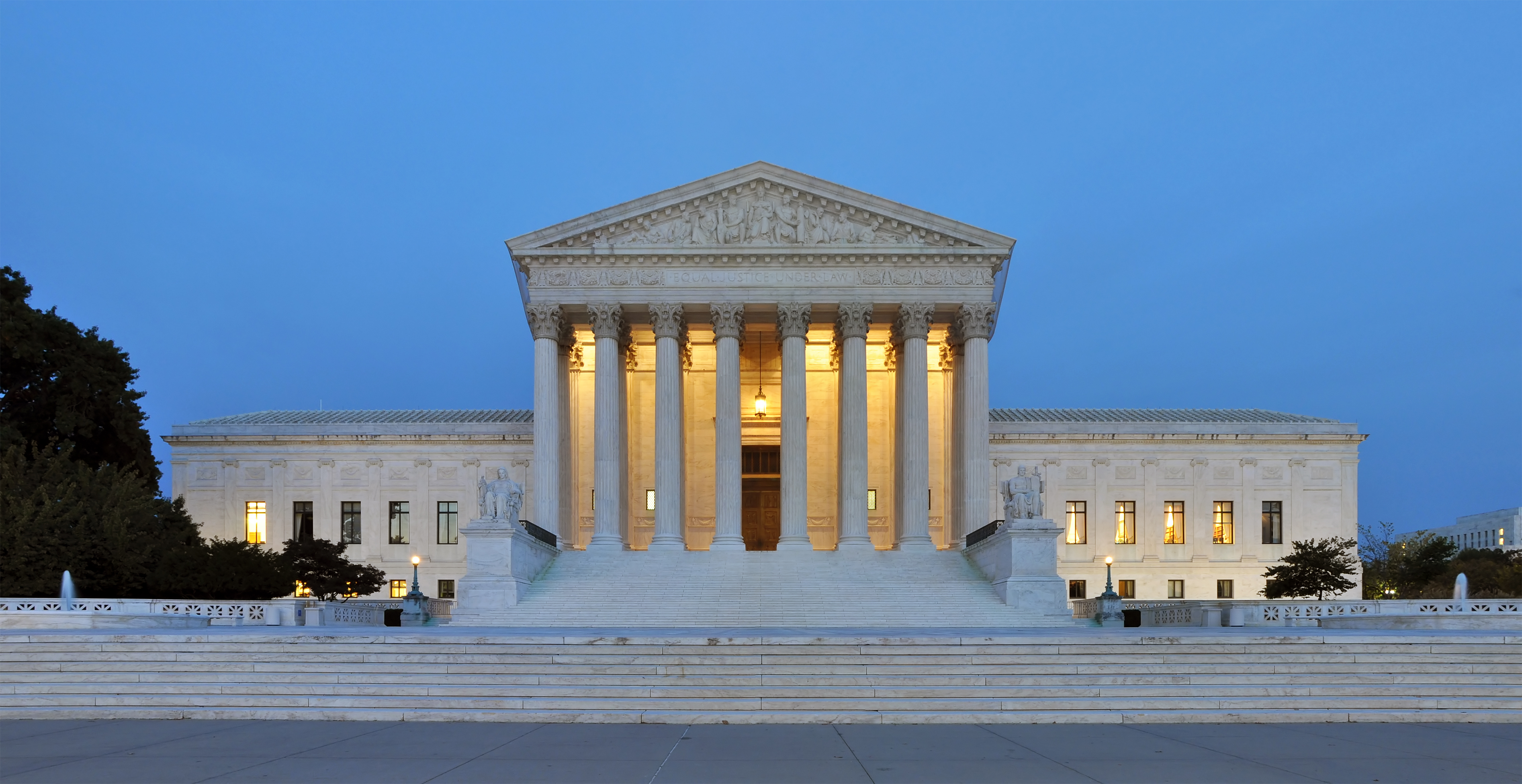Last week, Americans got some important and long-awaited news: Supreme Court strikes down Chevron, curtailing power of federal agencies. Without a doubt, the 1984 Chevron v. Natural Resources Defense Council case was a very bad decision that had some far-reaching and lasting consequences. Under the Chevron doctrine, courts have often been required to defer to “…permissible” interpretations by federal agencies of the statutes that those agencies administer.
Under Chevron, this deference extended to even when a court had a different reading of the relevant statute. It thus, in effect, allowed Federal agencies to create law, and ofttimes be beyond the reach of the courts. Even worse, it effectively gave unelected bureaucrats the powers of all three branches of government. Namely, they could create regulations like the legislative branch, they could adjudicate some cases like the judicial branch, and of course, they could enforce regulations as part of the executive branch.
The Supreme Court has ruled in a pair of cases brought by commercial fishermen: Relentless v. Department of Commerce and Loper Bright Enterprises v. Raimondo. The court limited these rulings to just overturning Chevron deference.
The origin of all this was with two herring fishing boat companies. They objected to the requirement that every herring boat had to have a Federal monitor on board to inspect their catch. Based on their interpretation of a 1976 law, the National Marine Fisheries Service (NMFS) required the fishing boat operators to pay the cost of having the observers onboard their boats. The issue in these cases was the burden of this $700 per day expense — rather than the presence of the monitors, or the NMFS herring inspection requirements. The fishing boat operators argued that the rulemaking process itself was fundamentally flawed and that the Magnuson-Stevens Fishery Conservation and Management Act did not authorize the NMFS to impose such hefty expenses on the operators without an act of Congress. The plight of these fishing boat operators was a textbook example of government overreach.
This pair of administrative law rulings will eventually have substantial effects on the entrenched executive branch bureaucracies. The “alphabet soup ” agencies — like the EPA, ATF, FEC, SEC, FDA, DEA, IRS, OSHA, FCC, USFWS, ICE, NMFS, and the USFS — will no longer be able to arbitrarily expand rules or simply decree any new malum prohibitum. For example, the ATF’s recent rulings on redefining frames and receivers, banning arm braces, banning bumpfire stocks, and expanding the definition of what constitutes being “engaged in the business” of selling post-1898 guns will all surely be challenged. Those rulings had all been made possible because of Chevron deference. Thankfully, after 40 years of bad and grossly overreaching rulemaking, Chevron deference is now dead. The era of Federal agencies being self-empowering is over.
It is noteworthy that Chevron deference is primarily an issue in Federal policies or rules with civil penalties, rather than criminal penalties. Most Federal gun law violations have criminal penalties attached. But the end of Chevron is still another arrow in the quiver of gun rights advocates.
The pair of new rulings will stop bureaucrats from making up their own laws and then enforcing those arbitrary laws with their own quasi-judicial courts. These agencies got a well-deserved slap, to remind them are law implementation/enforcement/administrative agencies, not legislators. The American constitutional system of government delineates a quite discrete path to enacting laws: Only Congress can create laws!
There has already been plenty of hand-wringing by environmentalists. See, for example, this piece published by the Natural Resources Defense Council (NRDC): The Supreme Court Ends Chevron Deference—What Now? The leftist Sierra Club decried how “Scrapping the legal precedent could send a ‘convulsive shock’ to decades of federal environmental, financial, and health-care regulations.”
The reaction from D.C.’s statists came immediately. Hawaii’s congressional delegation — both die-hard Democrats — had a melt-down. Ditto for the hard-left National Education Association (NEA), in a pearl-clutching press release. (“Oh, the children!“) Democrat Elizabeth Warren posted to Facebook that Raimondo was “a power grab by the far-right,” The leftist Slate had this headline: The Koch Brothers Are Getting What They Wanted: The Supreme Court Is Gutting Environmental Protections.
Meanwhile, building contractors were happy with the decision. So were gun rights groups like the Firearms Policy Coalition — that had long argued that Chevron deference had been abused by the administrative state for decades. The Gun Owners of America (GOA) also posted strong support for the recent decision on X/Twitter. In advance of the rulings, along with several other gun rights groups, the NRA filed an Amicus Curiae brief.
The full effect of the Relentless v. Department of Commerce and Loper Bright Enterprises v. Raimondo cases may take a while. I fully expect the unelected bureaucrats of the Administrative State to keep churning out decrees in defiance of the Supreme Court. It may take years of court challenges until the agencies are finally reined in.
Several of the Federal Circuit courts have shown defiance and contempt for Supreme Court decisions like the Bruen decision. Sadly, Federal agency rules have “teeth” that can ruin people’s livelihoods, drain their bank accounts, and put them behind bars. The slow pace of appeals can ruin people’s lives before justice finally prevails. In my opinion, a mechanism for direct and expedited challenges to Federal rulemaking needs to be put in place. Until then, we will have to rely on the glacial pace of the Federal appeals court process.
Bottom Line: Chalk up one for the good guys, but be patient. The war of legal challenges against the Deep State is far from over. – JWR










